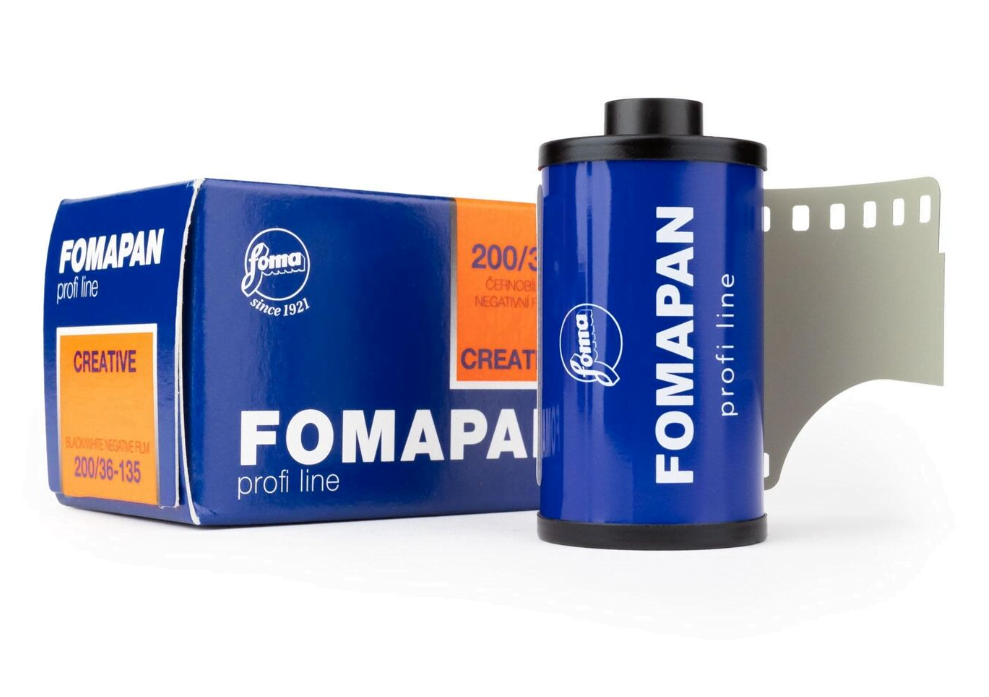In the realm of black and white film photography, Fomapan offers a range of films catering to different sensitivities. Among these, Fomapan 200 attempts to bridge the gap between the low-speed Fomapan 100 and the high-speed Fomapan 400. This review of Fomapan 200 delves into the film’s attributes, drawing comparisons with Fomapan 100 and Fomapan 400 to provide a nuanced understanding of its performance in various shooting scenarios.

Tonality:
Fomapan 200 tends to have a decent tonal range, rendering a good spectrum of greys. However, it doesn’t quite match the smoother tonal transitions of Fomapan 100, nor the contrasty punch of Fomapan 400. The tonality can be somewhat flat, especially when the film is underexposed.
Grain Structure:
The grain structure of Fomapan 200 is somewhat pronounced, but still finer than that of Fomapan 400. It also does not offer the smoother, finer grain of Fomapan 100, placing it in a middle ground that may not appeal to everyone.
Contrast:
Fomapan 200 offers moderate contrast, but it can be less forgiving when underexposed, leading to muddier shadows. It lacks the gentle contrast of Fomapan 100 and the boldness of Fomapan 400, placing it in a nebulous middle ground.
Overall Image Quality:
The overall image quality of Fomapan 200 is decent, but it often requires careful exposure to shine. Many photographers find that rating it at ISO 160 or 100 yields better results, thus negating its advantage as a 200 ISO film. Given its finicky nature around its box speed, it’s hard to recommend Fomapan 200 over the more reliable Fomapan 100.
Exposure Latitude:
One of the notable drawbacks of Fomapan 200 is its lack of forgiveness when underexposed. This characteristic mandates a precise metering to ensure satisfactory results, unlike Fomapan 100 which tends to be more forgiving.
Film Base:
All Fomapan stocks use different bases for 35mm and 120 format. In 120 format, an added anti-halation layer is present which is best removed before development. Additionally, the polyester base used in the 120 stock is very thin when compared to other film stocks, which could potentially lead to issues with flatness and handling.
Conclusion:
Fomapan 200 tries to offer a middle ground in terms of speed, grain, and contrast among the Fomapan lineup. However, its requirement for precise exposure and the often better results when rated at a lower ISO makes it a less appealing option compared to Fomapan 100 or even Fomapan 400 for those needing more speed. The nuances of the film base in 120 format further complicate its usability. While it may suit photographers looking for a specific look or those willing to experiment with exposure and development, many might find Fomapan 100 or Fomapan 400 to be more reliable choices for general photography.